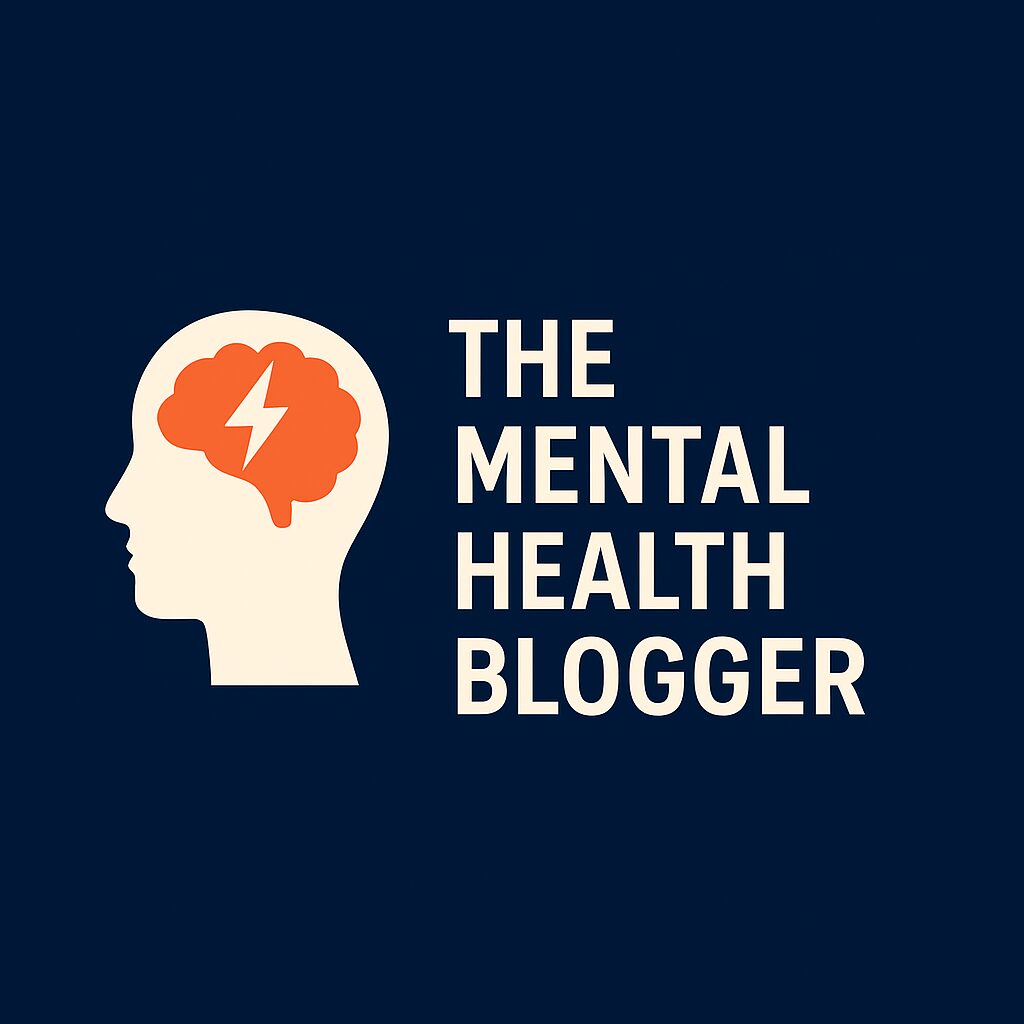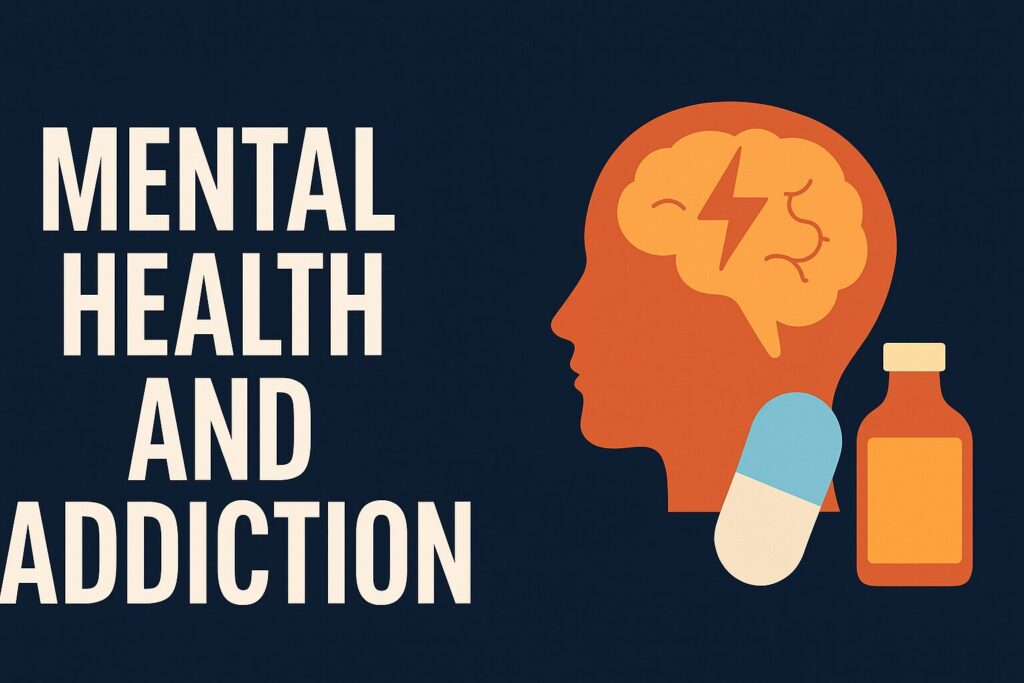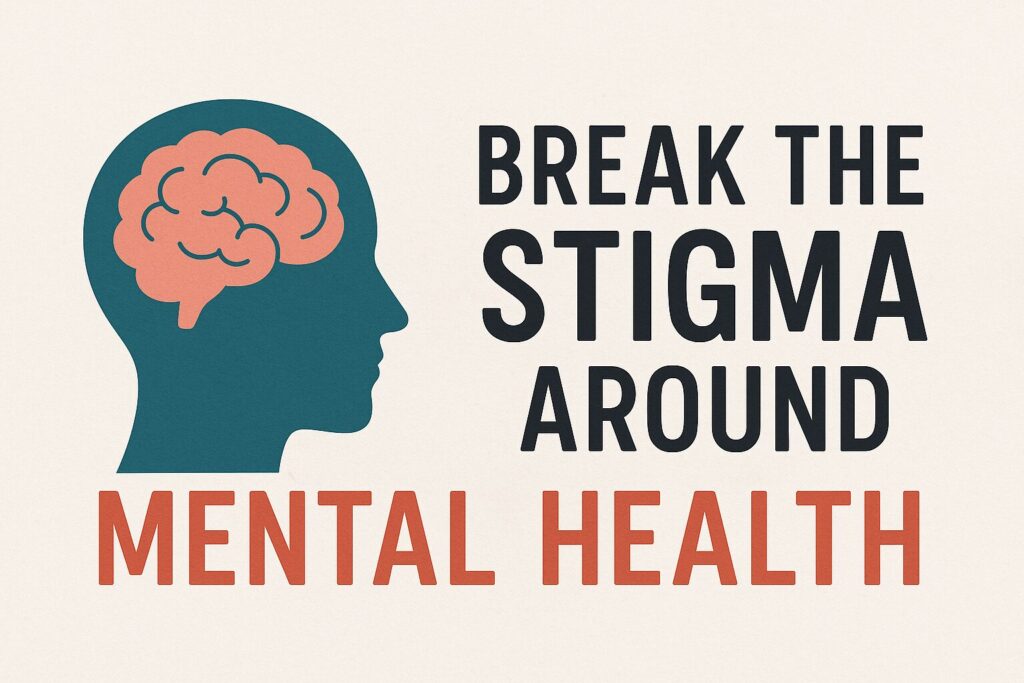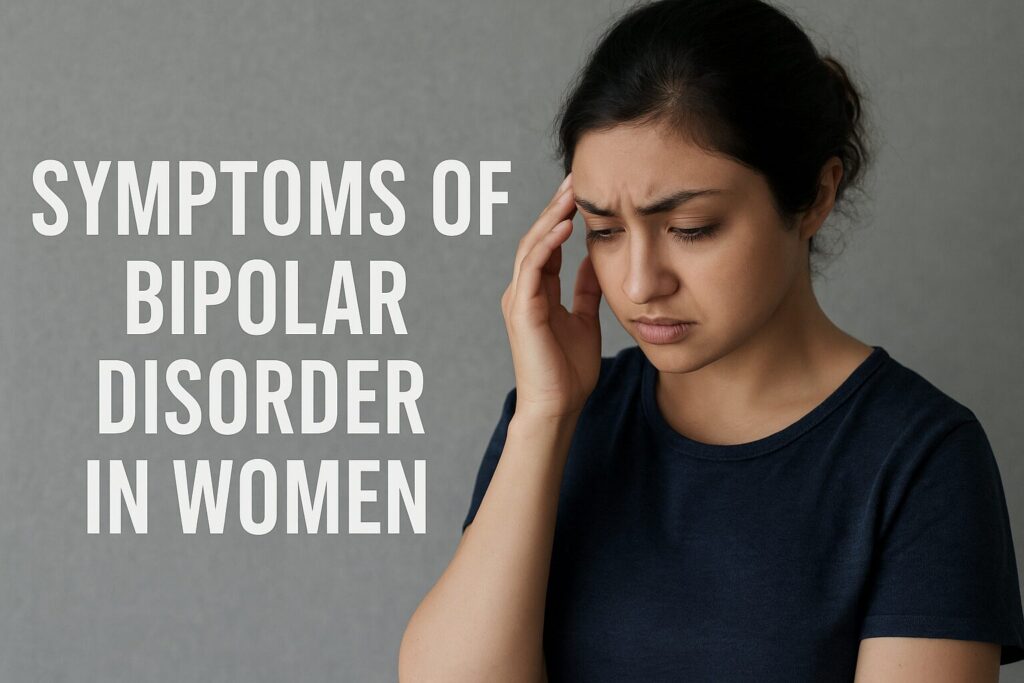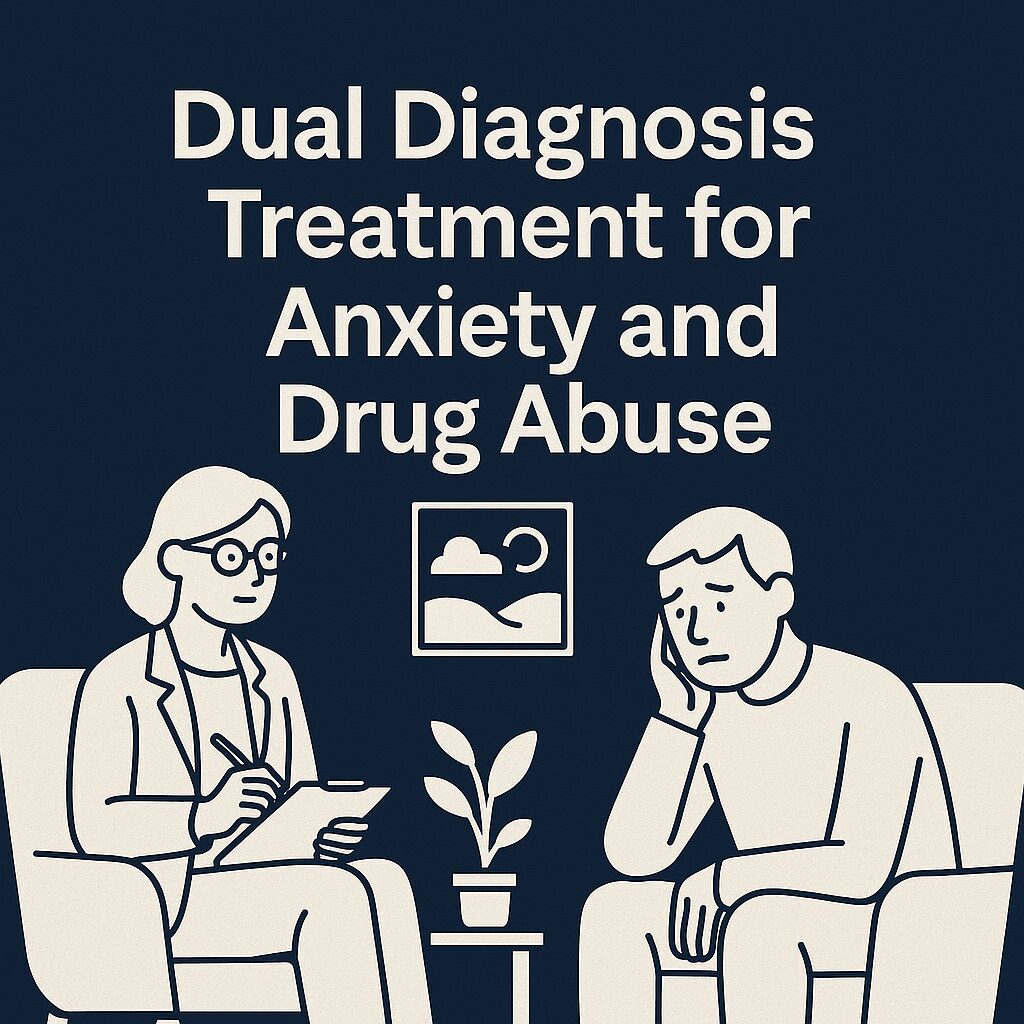
Contents
- 1 Introduction: Breaking the Cycle of Anxiety and Addiction
- 2 Dual Diagnosis Treatment for Anxiety and Drug Abuse: A Complete Guide to Healing Both Mind and Body
- 3 The Connection Between Anxiety and Drug Abuse
- 4 Recognizing Signs and Symptoms of Dual Diagnosis
- 5 The Diagnosis Process
- 6 Treatment Options for Dual Diagnosis
- 7 Building Recovery and Support Systems
- 8 Long-Term Recovery and Aftercare
- 9 Resources for Help
- 10 Related Articles
- 11 Conclusion: Healing the Mind and Body Together
- 12 FAQs For Dual Diagnosis/Anxiety and Drug Abuse
- 13 Closing Paragraph
Introduction: Breaking the Cycle of Anxiety and Addiction
Learn how dual diagnosis treatment for anxiety and drug abuse can help you heal both mentally and physically. Discover symptoms, therapies, recovery steps, and support options in this compassionate guide.
Living with anxiety and drug abuse at the same time can feel like being trapped in a storm that never ends.The racing thoughts, fear, and emotional pain of anxiety often drive people to seek quick relief through drugs or alcohol.
What starts as a coping mechanism can quickly spiral into addiction, leaving both the mind and body in chaos.This is where dual diagnosis treatment for anxiety and drug abuse becomes essential.
It addresses both conditions together, helping you heal completely rather than just treating the surface symptoms. Anxiety and addiction share a deep connection. One fuels the other until it becomes hard to know where the problem began.
When people try to manage their anxiety with substances, the short-term relief often comes at the cost of long-term suffering. Drugs may calm the nerves for a few hours, but they eventually increase stress, panic, and emotional imbalance.
Over time, this cycle creates a powerful dependency that affects every part of life. Dual diagnosis treatment provides a balanced path toward recovery by treating both anxiety and substance use at the same time.
Healing from co-occurring disorders requires compassion, patience, and a plan built on understanding. It is not just about quitting drugs or managing panic attacks.It is about restoring balance to your mental health, emotions, and body.
Through therapy, medication, and lifestyle changes, people learn how to cope with anxiety naturally while breaking free from addiction.The journey may take time, but with the right support, lasting recovery and emotional peace are possible.
Dual Diagnosis: What Happens When Mental Disorders and Addiction Meet?
Watch this short video to understand how anxiety and substance abuse often occur together and why integrated treatment is essential for recovery.
Dual Diagnosis Treatment for Anxiety and Drug Abuse: A Complete Guide to Healing Both Mind and Body
Understanding Dual Diagnosis
Living with both anxiety and substance abuse can feel overwhelming. The two conditions often feed off each other, creating a cycle that is difficult to break. Many people use drugs or alcohol to calm their anxiety, but over time, that relief turns into dependency and emotional instability.
Dual diagnosis treatment is the process of addressing both conditions together. It recognizes that mental health and addiction are deeply connected. To truly heal, both must be treated at the same time.
This guide explores what dual diagnosis means, how anxiety and addiction interact, what treatment involves, and how to build lasting recovery. Whether you are seeking help for yourself or a loved one, this is your roadmap toward balance and healing.
The Connection Between Anxiety and Drug Abuse
How Anxiety Can Lead to Substance Use
When anxiety becomes too intense, some people turn to drugs or alcohol to feel calm or confident. This is known as self-medicating. At first, it might feel like a solution, but the relief is temporary.
Over time, the body and mind depend on substances to function normally. The nervous system becomes more sensitive, making anxiety worse once the substance wears off.
Common substances used to self-medicate include:
- Alcohol for calming nerves and promoting sleep
- Marijuana for temporary relaxation
- Benzodiazepines (prescription sedatives) for anxiety relief
- Opioids for emotional and physical pain relief
- Stimulants for energy and focus during anxiety-related fatigue
How Substance Abuse Worsens Anxiety
Substance abuse affects brain chemistry. It changes how neurotransmitters like serotonin and dopamine regulate mood and stress. When those chemicals are disrupted, anxiety becomes more severe.
Withdrawal can cause panic attacks, trembling, sweating, and rapid heartbeats — all of which intensify anxious feelings. Over time, anxiety and addiction form a dangerous loop that is hard to escape without help.
Common Co-Occurring Disorders
- Generalized Anxiety Disorder (GAD) with alcohol abuse
- Panic Disorder with benzodiazepine dependency
- Social Anxiety Disorder with stimulant or alcohol misuse
- Post-Traumatic Stress Disorder (PTSD) with opioid or alcohol use
Each pairing requires a unique, integrated treatment plan that addresses both the anxiety and the addiction.
Recognizing Signs and Symptoms of Dual Diagnosis
Emotional and Behavioral Signs
- Constant worry or fear that interferes with daily life
- Using drugs or alcohol to relax or escape
- Avoiding social situations or withdrawing from friends
- Irritability, anger, or emotional outbursts
- Feeling guilty or ashamed about substance use
Physical Signs
- Fatigue, sleep issues, or changes in appetite
- Muscle tension, headaches, or sweating
- Shaking, heart palpitations, or nausea during withdrawal
Cognitive Signs
- Difficulty focusing or making decisions
- Racing thoughts and constant overthinking
- Memory lapses caused by both anxiety and substance effects
When to Seek Help
If anxiety and drug use are causing distress, relationship problems, or daily dysfunction, professional treatment is essential. The earlier you reach out, the higher the chance for recovery success.
The Diagnosis Process
Professional Assessment
Dual diagnosis begins with a full psychological and medical evaluation. Professionals use screening tools to identify both conditions accurately.
Common assessments include:
- GAD-7 or Beck Anxiety Inventory for anxiety
- AUDIT or DAST for substance abuse
Identifying Root Causes
Therapists explore life events, trauma, genetics, or environmental stress that may have led to both anxiety and addiction. Understanding the cause helps personalize treatment.
Creating a Personalized Treatment Plan
A dual diagnosis plan combines therapy, medication, and holistic recovery strategies. Each person’s recovery looks different, but all approaches aim to balance mental and physical health together.
Treatment Options for Dual Diagnosis
Integrated Treatment Approach
Integrated care means treating both conditions at once. Instead of focusing only on addiction or only on anxiety, specialists work together to address both.
The treatment team may include:
- Psychiatrists for medication management
- Therapists for emotional healing
- Addiction counselors for relapse prevention
- Nutritionists and wellness coaches for holistic recovery
Detox and Medical Stabilization
Detox helps the body remove harmful substances safely. Medical supervision is vital because withdrawal symptoms can be intense for those with anxiety.
Detox care includes:
- Monitoring physical and emotional symptoms
- Non-addictive medications for comfort
- Transition planning to long-term therapy
Therapies Used in Dual Diagnosis
- Cognitive Behavioral Therapy (CBT): Helps reframe anxious thoughts and stop substance triggers.
- Dialectical Behavior Therapy (DBT): Teaches mindfulness, stress control, and emotional stability.
- Exposure Therapy: Helps individuals safely confront anxiety triggers.
- Motivational Interviewing (MI): Strengthens motivation for recovery and long-term change.
Medication-Assisted Treatment (MAT)
Certain medications help reduce cravings while stabilizing mood.
Examples include:
- SSRIs or SNRIs for anxiety and depression
- Naltrexone or Suboxone for opioid dependence
- Non-addictive anti-anxiety medications for long-term relief
Holistic and Lifestyle Therapies
Healing is not only mental. The body must recover too.
Effective holistic approaches:
- Yoga and meditation for calming the mind
- Journaling to track emotional triggers
- Nutrition therapy and exercise for natural dopamine balance
- Art and music therapy for self-expression
Inpatient vs. Outpatient Treatment
- Inpatient programs provide full-time supervision and structured therapy. Ideal for severe cases or early recovery.
- Outpatient programs allow more flexibility for work, family, or school. Best for mild to moderate dual diagnosis cases.
Both can be combined for a balanced long-term approach.
Treating Co-Occurring Disorders: Managing Anxiety and Addiction Together
Here’s a helpful video that explains how dual diagnosis programs work and how professionals treat both anxiety and addiction at the same time.
Building Recovery and Support Systems
Therapeutic Support
Recovery thrives with consistent support.
Effective options include:
- Individual counseling
- Group therapy sessions
- Family therapy for rebuilding relationships
- Peer recovery groups like Dual Recovery Anonymous and SMART Recovery
Creating a Relapse Prevention Plan
A relapse plan outlines how to respond when triggers arise.
Steps include:
- Recognizing early warning signs
- Calling a sponsor, therapist, or support person
- Using coping tools like mindfulness or journaling
- Attending therapy or group meetings regularly
Lifestyle Adjustments for Stability
- Maintain a consistent sleep schedule
- Eat balanced meals and stay hydrated
- Avoid caffeine and stimulants if anxiety-prone
- Create a calm, safe home environment
Mindfulness and Stress Management
Mindfulness reduces racing thoughts and strengthens emotional awareness.
Daily habits to try:
- Deep breathing for 5–10 minutes daily
- Guided meditation apps or calming music
- Short walks in nature
- Gratitude journaling before bed
Long-Term Recovery and Aftercare
Continuing Care Programs
Recovery continues after treatment ends.
Long-term options include:
- Outpatient therapy sessions
- 12-step or non-12-step meetings
- Online support groups
- Alumni programs from rehab centers
Handling Setbacks
Relapse or anxiety flare-ups are not failures. They are signals to re-adjust treatment or reconnect with support.
Stay in contact with therapists and doctors. Track emotional patterns to detect stress early.
Creating a Balanced Lifestyle
Recovery thrives when mental health and purpose align.
Set meaningful goals, pursue hobbies, and surround yourself with supportive people.
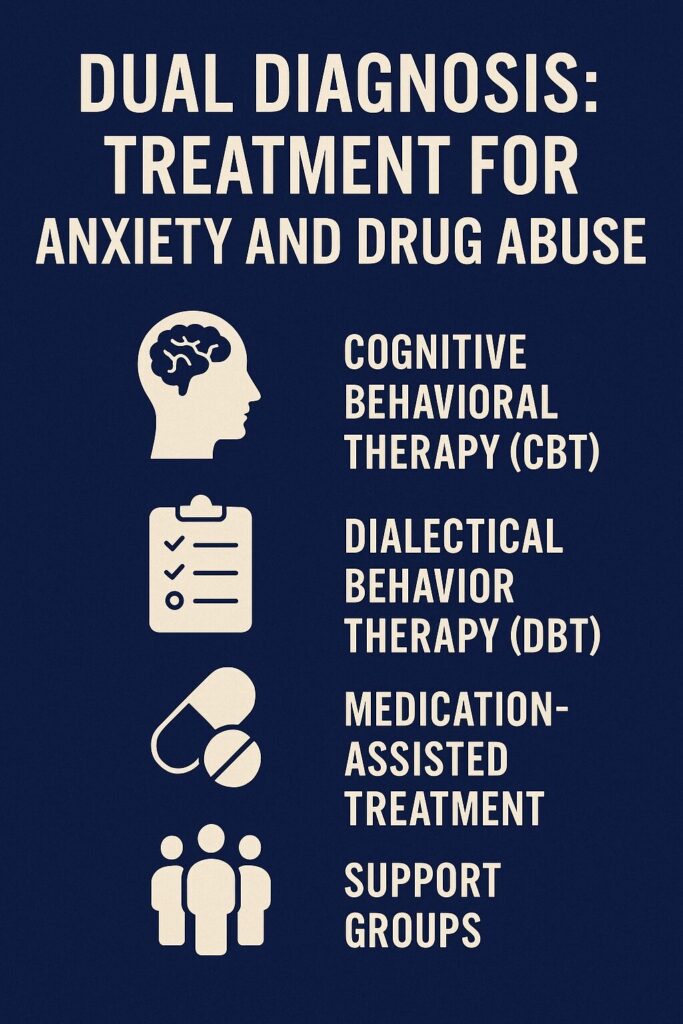
Resources for Help
Hotlines and Support Services:
SAMHSA National Helpline: 1-800-662-HELP (4357)
National Alliance on Mental Illness (NAMI): nami.org
Anxiety & Depression Association of America (ADAA): adaa.org
Find Local Support:
- Dual diagnosis rehab centers
- Licensed therapists specializing in anxiety and addiction
- Online recovery meetings and communities
Related Articles
Finding Help for Co-Occurring Substance Use and Mental Disorders
Mental Health and Substance Use Co-Occurring Disorders
Conclusion: Healing the Mind and Body Together
Recovery from anxiety and addiction takes time and courage. Dual diagnosis treatment helps you face both challenges together, offering a path toward genuine healing.
You do not have to do it alone. With the right mix of therapy, support, and care, you can rebuild your confidence and restore your emotional health.
Take the first step today. Reach out for professional help, connect with a counselor, and start your journey toward a peaceful, balanced life.
FAQs For Dual Diagnosis/Anxiety and Drug Abuse
Q1: What is dual diagnosis treatment?
Dual diagnosis treatment is an integrated approach that addresses both mental health disorders, like anxiety, and substance use disorders at the same time.
Q2: Why do anxiety and drug abuse often occur together?
Many people use drugs or alcohol to cope with anxiety. Over time, the brain becomes dependent on substances, making anxiety worse once the effects fade.
Q3: What types of therapy help with dual diagnosis?
Cognitive Behavioral Therapy (CBT), Dialectical Behavior Therapy (DBT), and Motivational Interviewing are the most effective approaches for treating dual diagnosis.
Q4: Can medication help with anxiety and addiction recovery?
Yes. Non-addictive anti-anxiety medications and medication-assisted treatments like Naltrexone or Suboxone can help stabilize mood and reduce cravings.
Q5: How can I support a loved one with dual diagnosis?
Offer patience, attend therapy or support meetings together, and encourage professional treatment. Avoid judgment and focus on emotional support.
Closing Paragraph
If you or someone you love is struggling with both anxiety and substance use, remember that help is always available. Healing is possible with the right care, consistency, and compassion.
Visit mentalhealthblogger.com for more supportive articles, resources, and expert guidance on mental health and addiction recovery.
